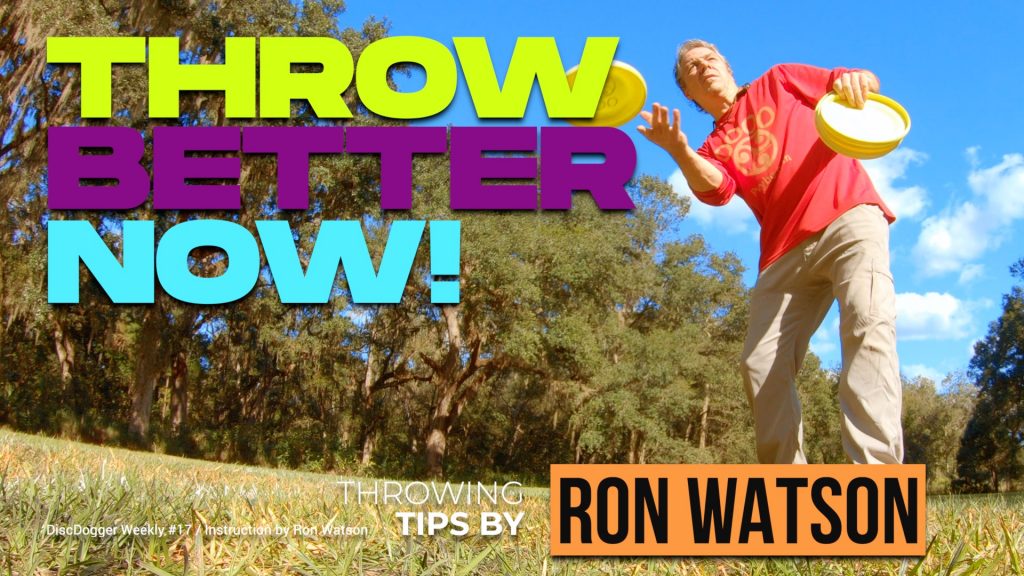
Better Disc Throwing Intangibles with the 4 Hands Form
Intangibles… The things you need to know that you don’t know you need to know. There are many intangibles in disc dog freestyle and disc dog games, and they often take years to grasp. There are intangibles in disc throwing in general and intangibles in throwing disc to dogs. Wouldn’t it be awesome if there were something you could do to draw those intangibles to the surface and make them much easier to grasp? Well, I got some good news for you…
Enter the 4 Hands Form
The 4 Hands Form is a Disc Quan Do White Belt Form that consists of four basic throws, 2 that spin Spins and Twists are tricks where the dog spins 360 degrees in a clockwise or counter clockwise fashion. Spin is clockwise and Twist is counter clockwise so it is important to have a... More clockwise and 2 that spin counter clock. It is the only Disc Quan Do throwing form that is set in stone. The clockwise throws are the Backhand
Spins and Twists are tricks where the dog spins 360 degrees in a clockwise or counter clockwise fashion. Spin is clockwise and Twist is counter clockwise so it is important to have a... More clockwise and 2 that spin counter clock. It is the only Disc Quan Do throwing form that is set in stone. The clockwise throws are the Backhand The Backhand toss is the traditional disc throw. While it might not be the easiest throw of them all, it is the easiest to throw a hundred yards, and it is the easiest... More and the Push and the counter clock throws are the SideArm and the Overhand Wrist Flip.
The Backhand toss is the traditional disc throw. While it might not be the easiest throw of them all, it is the easiest to throw a hundred yards, and it is the easiest... More and the Push and the counter clock throws are the SideArm and the Overhand Wrist Flip.
This form provides a framework for learning many aspects of throwing at once. Precision and accuracy are, obviously, easily exercised within the form and tends to be the thing that most handlers see as the point of the exercise, but it is in uncovering the intangibles of throwing where this form is most useful.
Clock and Counter
Clockwise throws are best thrown to your right, as that is the direction that they naturally want to go and is also the direction that provides visibility of the release to the dog and eye contact Unsolicited eye contact or Attention is a great way to hook up with a dog. If you have something the dog wants he should give eye contact in order to get access to... More between dog and handler at the time of release. Counter clock throws go to the left for the same reason.
Unsolicited eye contact or Attention is a great way to hook up with a dog. If you have something the dog wants he should give eye contact in order to get access to... More between dog and handler at the time of release. Counter clock throws go to the left for the same reason.
The natural directional nature and the visibility are a couple of those intangibles of disc play that often remain unknown even to experienced handlers. The 4 Hands Form elegantly uncovers this hidden understanding. All it requires is an open mind and a bit of imagination.
Using 2 targets in close proximity is a great way to exercise and explore this aspect of throwing. When using 2 targets, the clockwise throws go to the right and the counter clock throws to the target on the left.
Efficient Loading of the Discs
Being prepared for your next throw is an intangible of disc play that cannot be stressed enough. If the handler is prepared before the dog then the dog must follow the handler. If the dog is prepared before the handler then the handler is at the mercy of a raging frizbeast.
The 4 Hands Form provides a framework for the loading of discs for any grip. We tend to break down the grips of throws into two basic positions: Catch High and Catch Low. Catch High and Catch Low are the initial positions of all grips.
Catch High has the fingers on top, and is the replication of how you catch a disc above the waist. Catch Low has the fingers on the bottom of the disc and is how you would catch a disc thrown to you below the waist.
The 4 Hands Form has two throws that are Catch High and two that are Catch Low:
- Catch Low – Backhand
- Catch Low – SideArm
- Catch High – Push
- Catch High – Overhand Wrist Flip
The efficient loading discs from the stack in your off-hand to your throwing hand is an intangible of disc play that is invaluable. The 4 Hands Form turns these key actions into reflexive acts of muscle memory.
Efficient Stance Shifting and Proper Body Position
Getting into position is the counter part to the loading of discs for being prepared before your dog. This intangible of disc play is also efficiently exercised and experienced in the 4 Hands Form.
The switching of stances from throw to throw should happen at the same time as the loading of discs. The four throws in the form create a simple, formulaic pattern that makes these physical actions easy to perform and understand.
Loading & Position as Centering Force
Learning to throw and improving your throwing ability can be tough. The loading of discs and shifting stances and position within the 4 Hands Form provide a standard framework and physical pattern that can and should be used as a centering force for learning and improvement.
Use of this form creates a baseline competence that can be relied upon to keep you on track and in position to succeed. The alternation between the four throws allows you to switch between a throw that is challenging for you and one that is easier. You can leverage the success of easier throws towards overcoming the challenge of throws you find more difficult. This quickly becomes a centering force to help you succeed and grow as a thrower of plastic.
Compare & Contrast and Connecting Throwing Concepts
All disc throws have similarities and differences. When you repetitively practice one throw, take a break and then practice another, these similarities and differences are hard to recognize.
Placing these four throws right next to each other in the 4 Hands Form allows you to easily recognize both the similarities and differences between the throws. This recognition happens without mental effort – no thinking required.
Instead of thinking your way through your throws and trying to figure out how they work, you experience and feel the nature of each throw and innately understand how they work. After you have had this experience, thinking about your throws and figuring things out is a far more productive exercise.





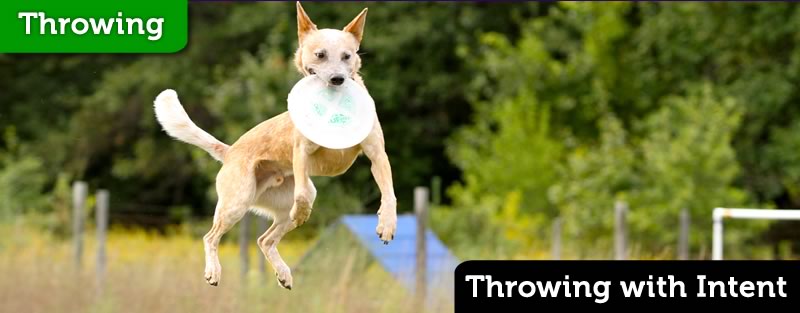
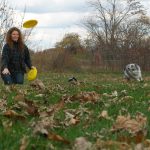
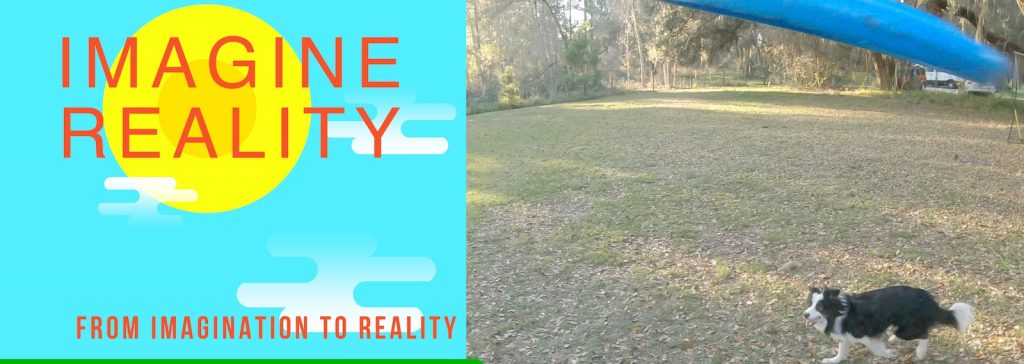
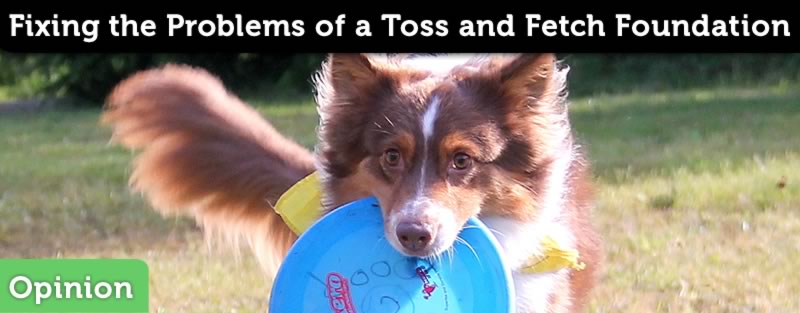
Responses